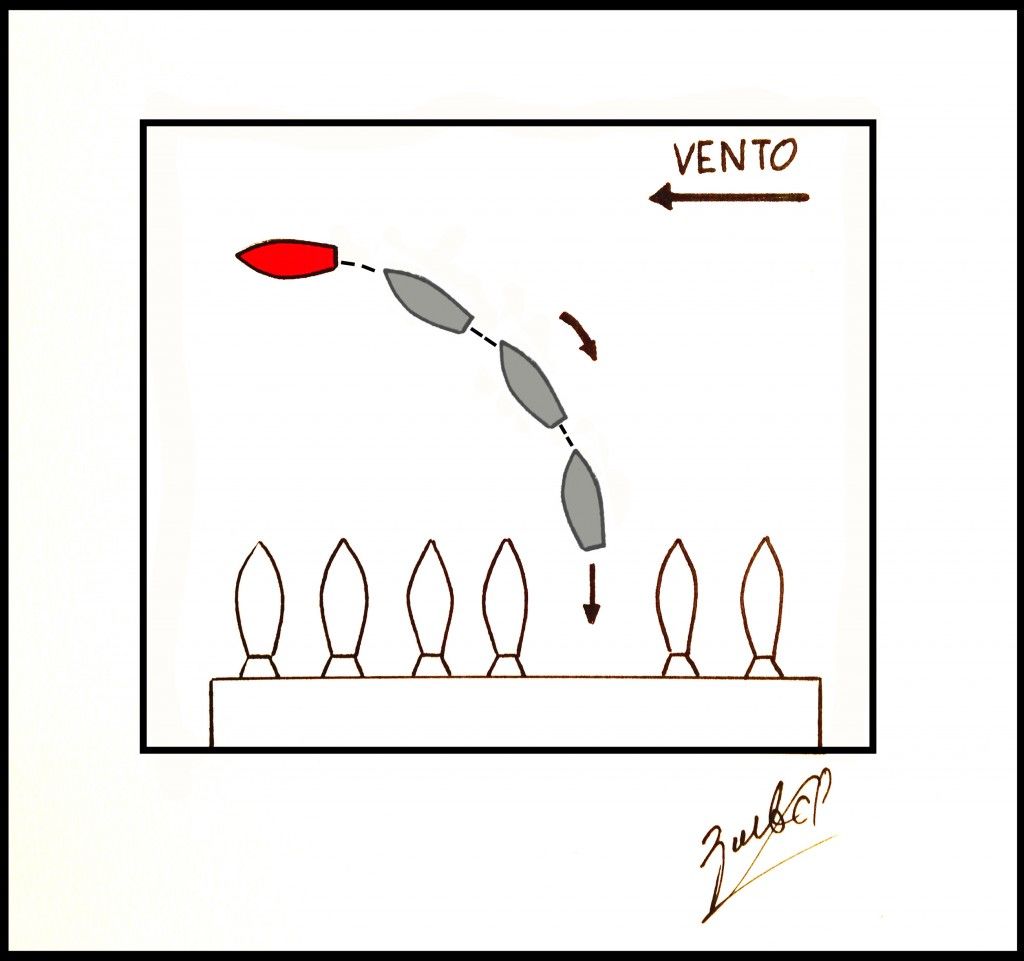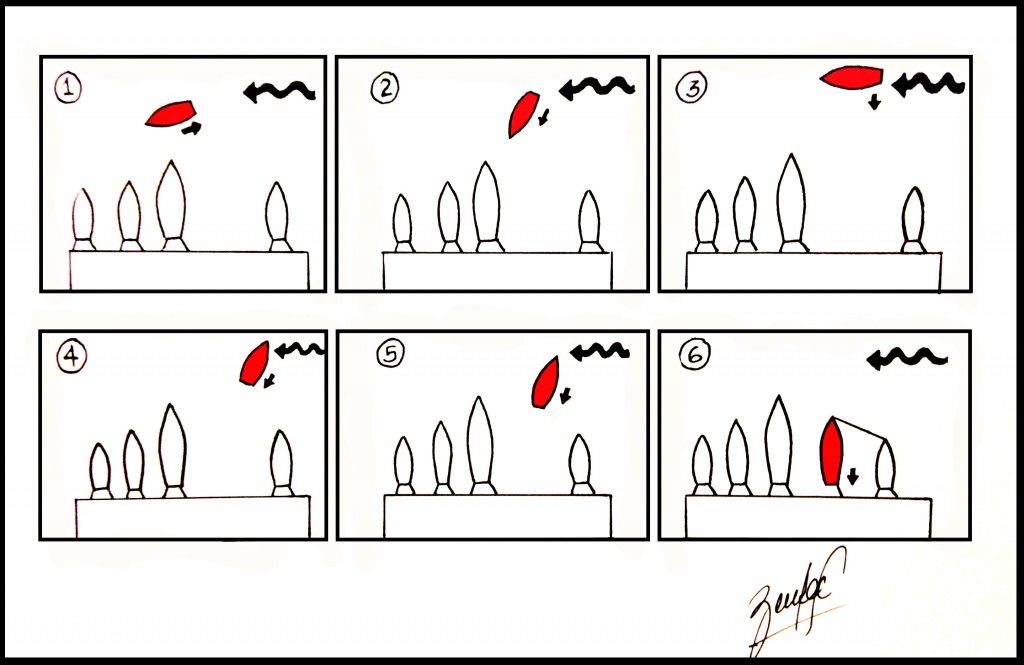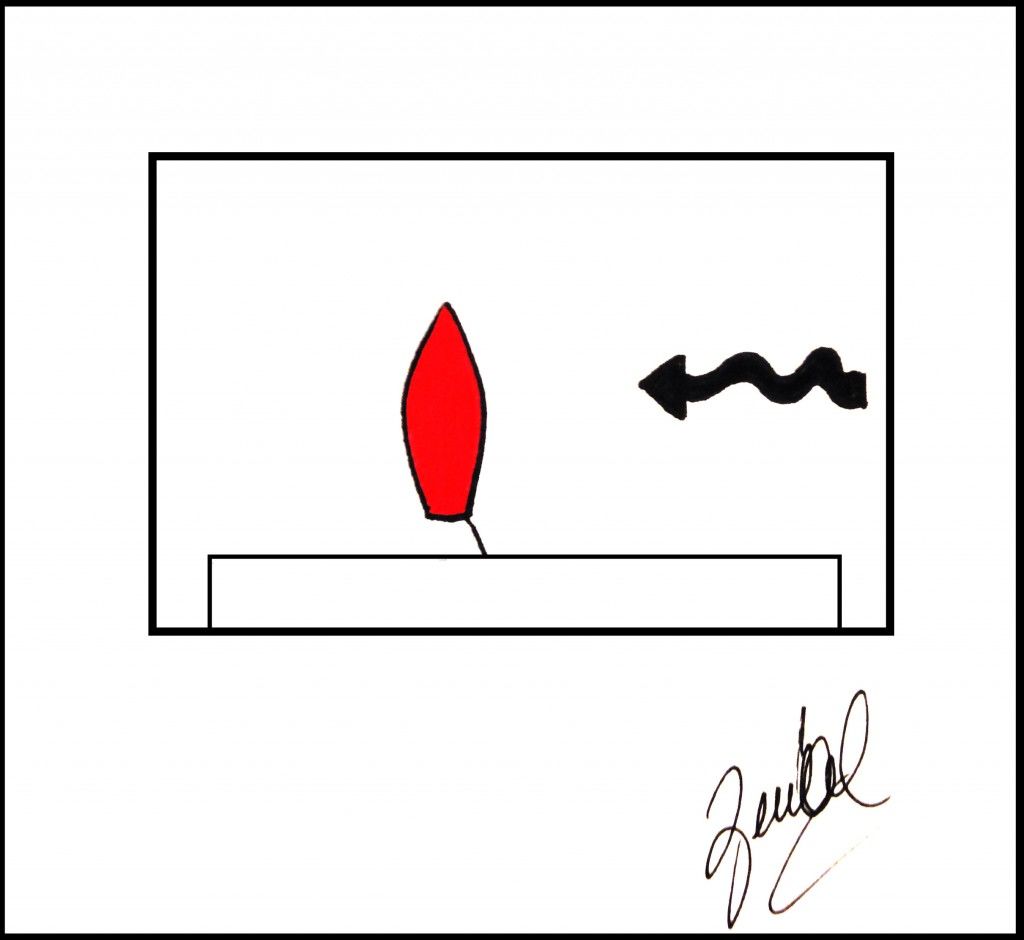Difficult mooring with strong wind blowing on your berth. Here’s how to handle the maneuver
Port maneuvers, especially mooring, are every boater’s classic nightmare. Nothing that can’t be solved with some experience. However, when the wind becomes stronger and perhaps crosswise, things get more complicated.
Below we have listed some experience-based guidelines, although they are subject to various factors: wind intensity and direction, available space, type of boat. Therefore, these are not instructions to be followed strictly, but rules to keep in mind and adapt according to each situation
First, let’s debunk a myth. Stern-to mooring isn’t always necessary. Especially when the wind starts blowing. The tendency to bring the stern to the dock is Mediterranean, given the typically favorable weather conditions. For example, in Northern Europe, where the weather isn’t as favorable, most boats are moored bow-to.
To begin, we can introduce two key concepts: the most troublesome wind is the one blowing crosswise. Both when entering and approaching, when lateral pressure will produce an annoying drift. From this, it follows that while in calm conditions we can moor at very slow speed and minimize the possibility of damage, with strong winds we need to be quicker.
Finally, a basic rule, this is indeed a dogma: prepare the boat and crew. Fenders, coiled lines, and instructed crew well before starting the maneuver.
And now let’s analyze the classic situation where we typically regret loving sailing so much: a nice wind blowing crosswise to our berth.
If the situation matches the one shown in the drawing, what is advisable to do is to head upwind showing the stern. This way it’s easier to control the boat avoiding moving forward with the bow to the wind and then having to stop the boat to enter stern-to with the certainty of seeing the bow quickly fall to port.
You need to try to gain as much windward position as possible and get all the water that space allows. Therefore, we continue in reverse keeping (in this case) the left side of our transom on the bow of the boat windward of our berth. As we approach, we can gradually decrease this angle while easily controlling the speed.
The moment of rotation depends on many factors, but generally when we are one boat length from the entrance with half of the transom pointing at the bow of the windward boat, we can decisively turn the stern and enter.
Another solution is to gain water windward of the berth, rotate the bow to starboard keeping it oriented windward, and reach the berth to align and enter.
If your berth is between two boats and it’s also narrow, even better. You can wedge yourself inside and have all the time needed to arrange your lines while paying attention to the distance from the dock. In any case, with crew available, we can also have someone pass onto the windward boat to support our bow with a line tied to our cleat and held on the neighboring boat’s cleat.
In any case, and especially if we don’t have boats to lean on leeward, when we have crosswind it’s much better to take the windward shore line first and then the mooring line. It’s a matter of leverage. Once at the dock and with the boat stopped, if you secure the windward stern line, put the engine in forward with the helm to leeward to expose the stern to the line’s pull, you’ll see the boat immediately bring up its bow.
The more crosswind we have, the more engine power we need to use. Of course, we can’t stay like this for hours, but we have

If we end up too far leeward and our bow is falling off, using the bow thruster means rotating the stern and certainly ending up on the bow of the leeward boat. We must therefore always account for the boat’s turning radius and use the bow thruster knowing that its effect doesn’t make the whole boat move windward but rather makes it rotate around an imaginary pivot at the center of the boat.





